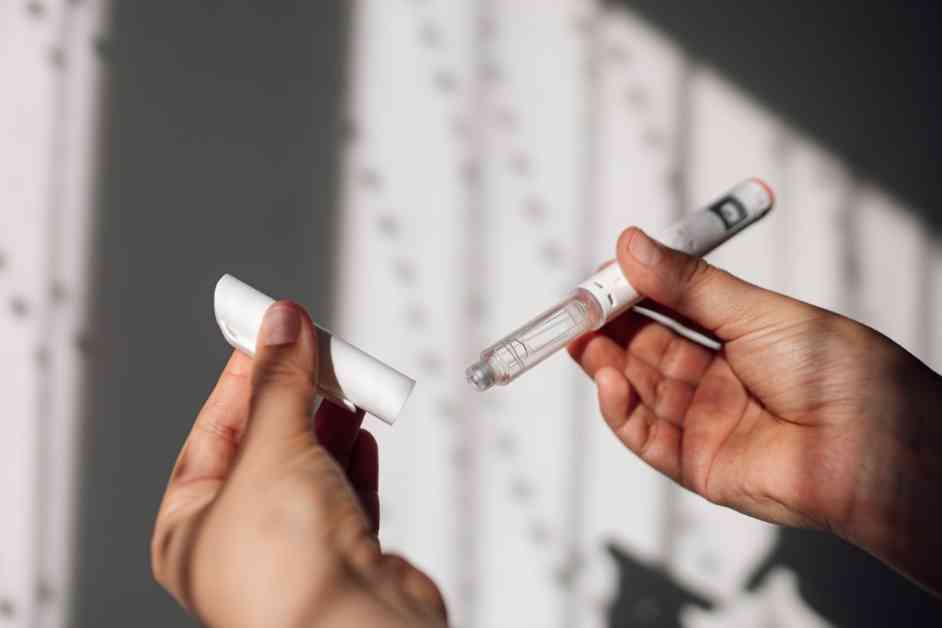Millions of people around the world who have type 1 or type 2 diabetes rely on insulin injections or medications to manage their blood sugar levels. This disease occurs when the pancreas loses its beta cells, which are responsible for producing insulin. However, researchers have made a groundbreaking discovery that could potentially help regenerate these insulin-producing cells, offering hope for those with diabetes to naturally produce insulin once again.
A recent study published in Science Translational Medicine revealed that when a compound found in the psychedelic drink ayahuasca, called harmine, is combined with certain new obesity medications like Ozempic, the number of human insulin-producing cells can increase by up to 700 percent. By transplanting living human beta cells into mice and treating them with these drugs for three months, researchers observed a significant increase in insulin production, stabilization of blood glucose levels, and growth in beta cell mass. Even after stopping the treatment, the newly generated beta cells remained intact, showing promising results that could potentially revolutionize diabetes care.
According to Dr. Justin P. Annes, an endocrinologist at Stanford University, the ability to treat human beta cells in vivo and stimulate their expansion is a significant advancement in regenerative medicine for diabetes. This breakthrough study opens up new possibilities for diabetes treatment and underscores the importance of further research in this area.
The limited supply of beta cells we have from birth poses a significant challenge for individuals with diabetes, as these cells either become dysfunctional over time in type 2 diabetes or are destroyed by the immune system in type 1 diabetes. Harmine, a natural compound used in ayahuasca, has shown promise in replenishing beta cells by blocking an enzyme that inhibits cell replication. When combined with GLP-1 drugs like Ozempic, which stimulate insulin production and improve beta cell function, harmine’s effects are further enhanced, leading to a significant increase in beta cell mass.
While the results of this study are highly encouraging, further research is needed to validate these findings in human trials. The researchers are investigating the mechanisms behind the regenerative effects of harmine and GLP-1 drugs, as well as the long-term safety and efficacy of this potential treatment. By combining regenerative techniques with immunotherapies to protect newly generated beta cells from immune attacks, researchers hope to develop a comprehensive diabetes treatment that addresses the underlying causes of the disease.
In conclusion, the combination of harmine and GLP-1 drugs presents a promising avenue for diabetes treatment, offering new possibilities for individuals struggling with the condition. With ongoing research and clinical trials, this regenerative approach could potentially transform the way we manage diabetes and improve the quality of life for millions of people worldwide.



